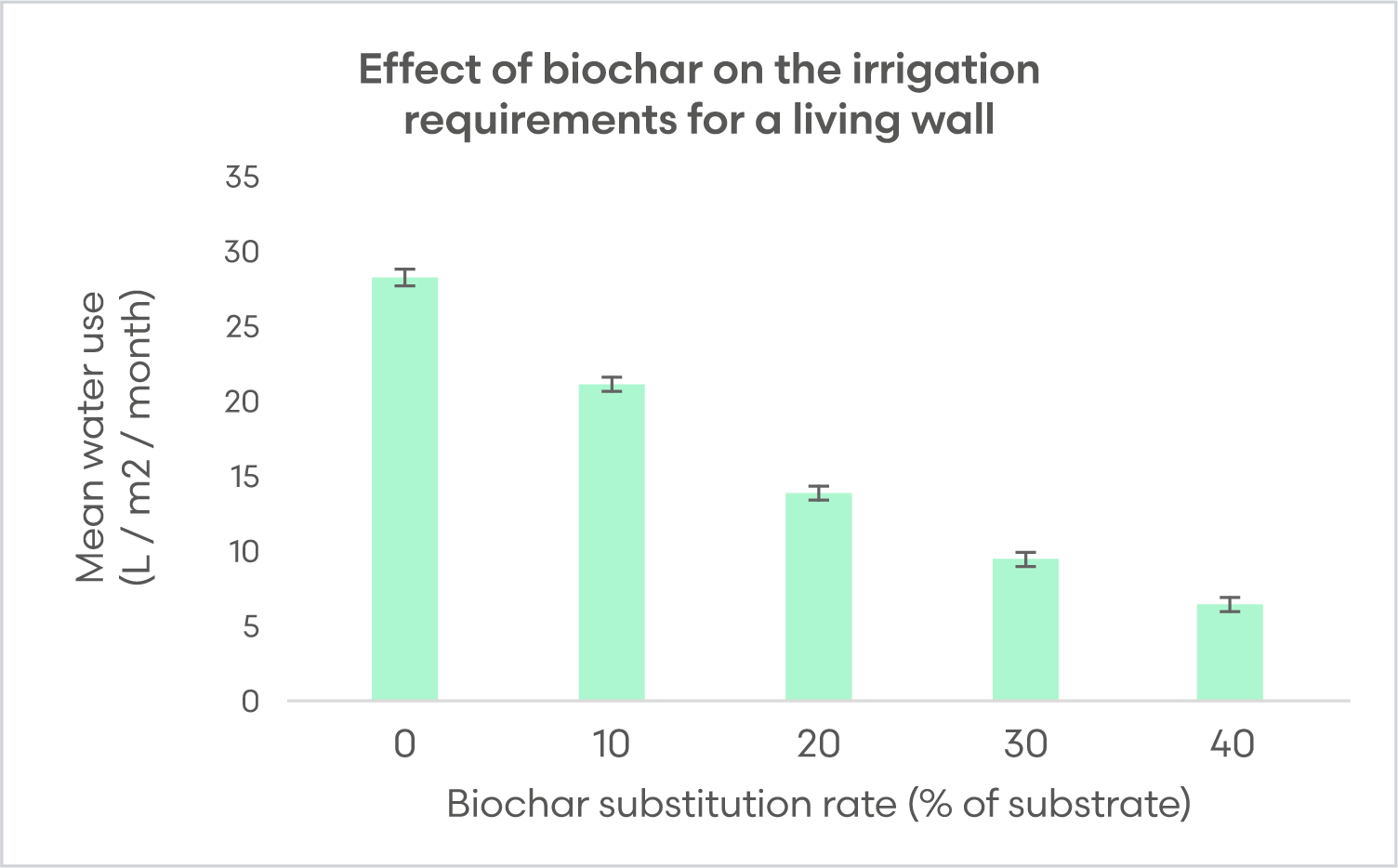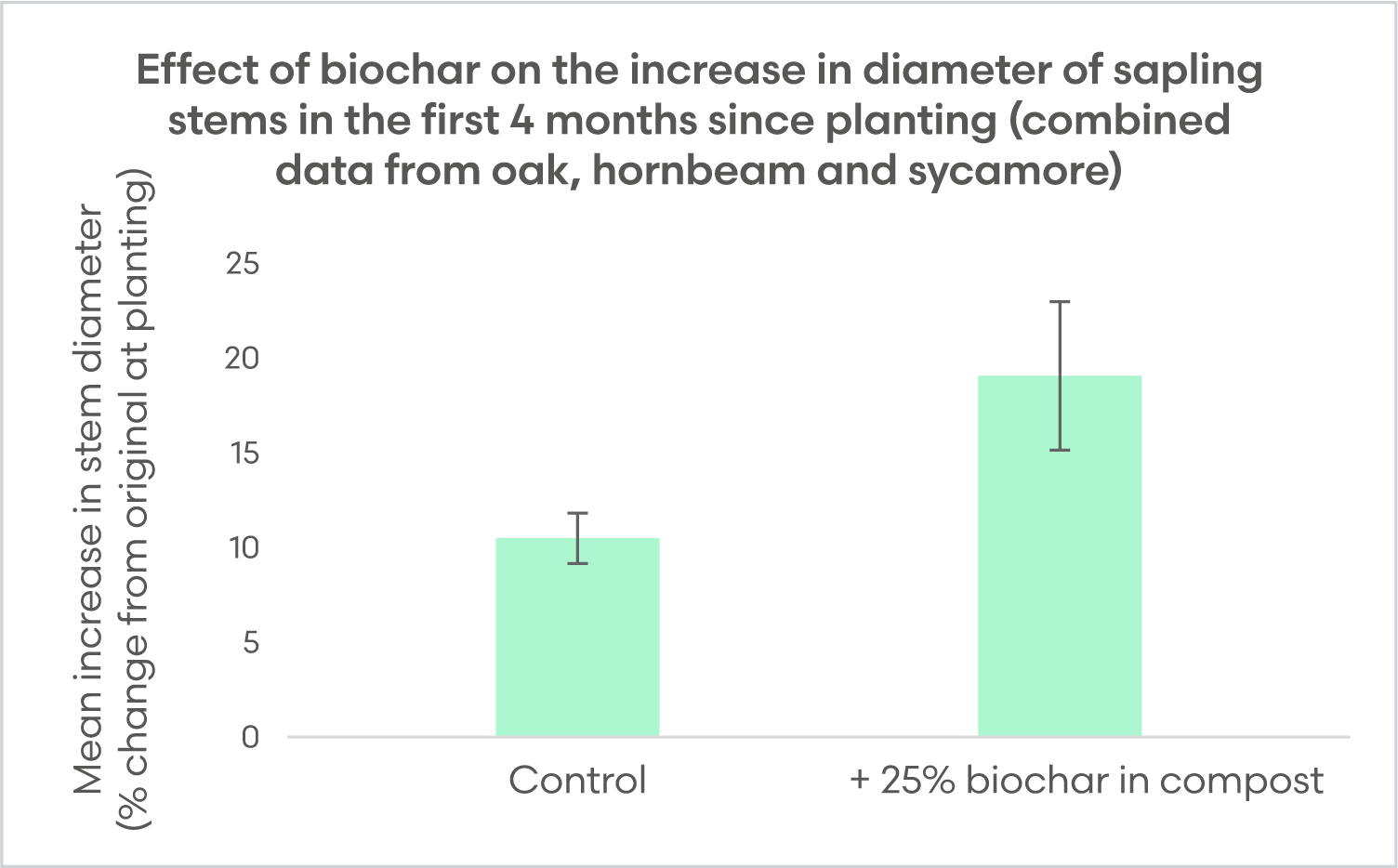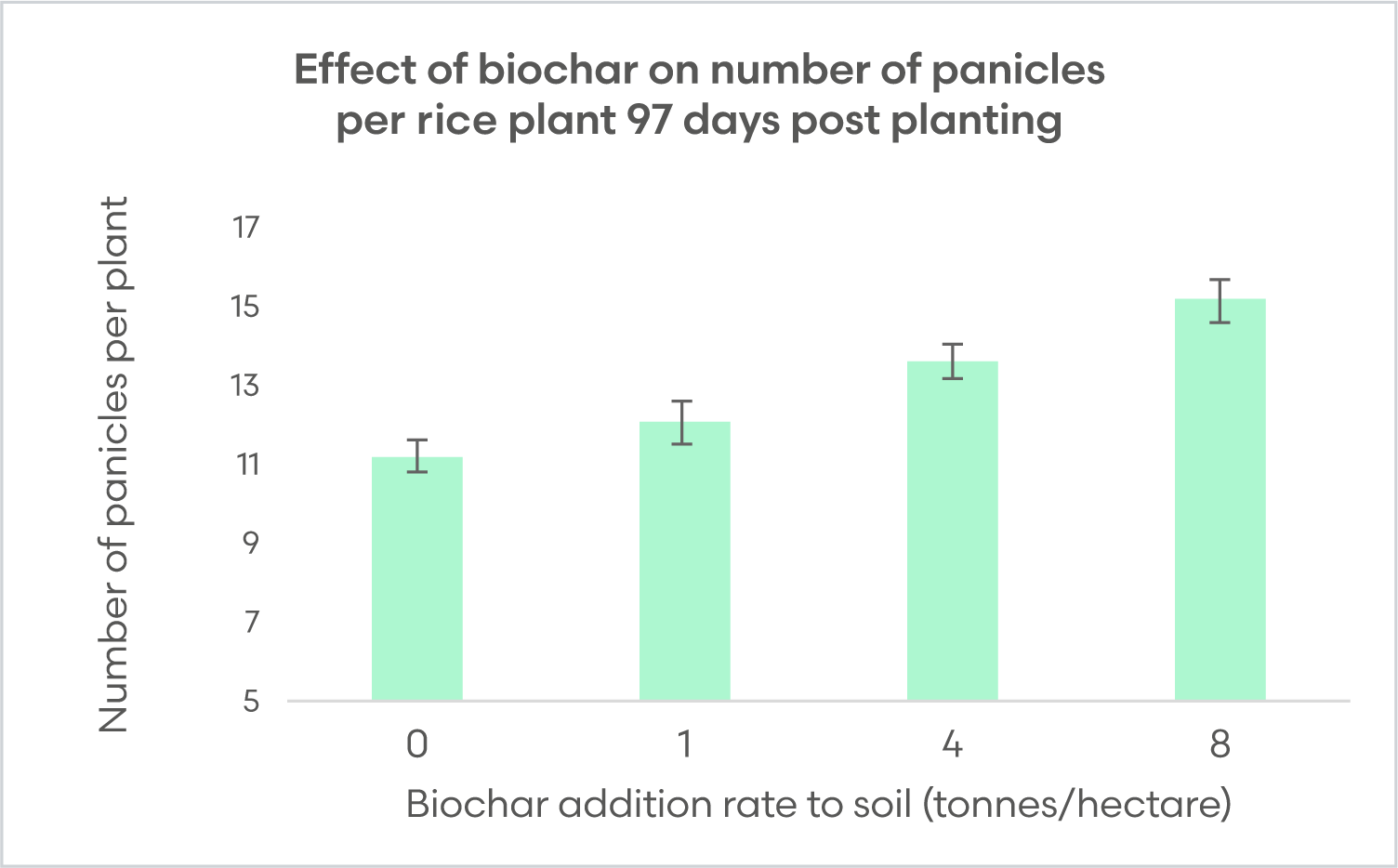Concerning proving the power of biochar beyond net zero, Alastair Collier, Chief R&D Officer, and Dr Sally Wilkinson, Lead Scientist at A Healthier Earth, provide insight
As the world races to meet net zero targets, biochar is emerging as a powerful yet under-valued climate solution. Produced from organic waste in a process called pyrolysis, it locks carbon in a stable form for centuries. While high-profile technologies like direct air capture dominate headlines, biochar has already demonstrated significant efficacy, accounting for 80% of carbon dioxide removal (CDR) project deliveries in Q3 2024M(1). At A Healthier Earth, we’re working on delivering the UK’s largest biochar facility(2), which will have the capacity to remove 17,000 tonnes of CO2 annually. But what makes biochar unique are its applications beyond carbon: from soil health to decarbonising construction materials.
To unlock biochar’s potential, we need a more consistent, credible market, grounded in proven use cases. Only then can biochar move from a promising tool to a mainstream climate solution. We’re focused on R&D into how biochar can address localised challenges, helping governments and businesses to meet their environmental targets while supporting local communities. By grounding innovation in real-world science, we’re accelerating biochar’s role in a just and effective climate transition.
Tackling local challenges
Biochar, used for millennia by Indigenous Amazon communities(3) to enrich crops, is gaining recognition as a soil additive, improving water retention and nutrient availability(4).
However, the true versatility of biochar becomes clear when we go a layer deeper and explore its impact in diverse local contexts. From enhancing urban green spaces, to supporting reforestation(5), to improving food security, biochar is proving to be a remarkably adaptable climate solution.
Supercharging urban adaptation
Cities face mounting challenges: degraded, compacted soils, air pollution and biodiversity loss, all worsened by extreme weather like heatwaves and droughts. Urban green spaces are a lifeline, cooling cities, filtering air, supporting biodiversity and improving wellbeing.
Living walls are a powerful urban greening solution, and we are finding that their impact is enhanced when biochar is used in the growing substrate. With living wall specialists Viritopia, we’ve conducted extensive research on the effects of incorporating biochar into the substrate. Our findings indicate that biochar can reduce water requirements from 28 to 9.4 litres per square meter per month – a reduction of up to 60% when 30% of the substrate is replaced. However, during very wet months, the reduction in water use is less pronounced.

This makes it more efficient to maintain living walls, whose benefits include mitigating urban heat(6); filtering harmful particulate matter(7) (PM); absorbing noise(8); reducing stormwater runoff(9); and providing habitats for birds, insects and pollinators(10).
Our parent company, Pure Data Centres Group, is building one of the world’s largest living walls in North London(11), spanning 7,400 square metres, featuring over 750,000 plants. This will be the first time biochar is used in a living wall of this scale, replacing peat, thereby preventing the release of carbon from these vital carbon sinks.
Boosting struggling forests
Climate change is putting forests under pressure, with drought, heat, and disease reducing tree survival rates(12). In the UK, the Blenheim Palace exemplified this, when in 2023, only 40% of 270,000 trees planted survived. This reflected reforestation challenges happening across the country.
To address this, we created ForestFactory® with Blenheim Estate, combining vertical farming and tailored “growing recipes” that improve sapling root and stem development, with planting in biochar-enriched soils. Initial results indicate biochar positively affects seedlings of a range of species. Trees grown in biochar-amended soil nearly doubled in growth in stem diameter compared to in non-amended soil(13). We are continuing to monitor progress and have since begun more research into how biochar improves seedling survival and drought resilience.
Increasing food security
Indonesia faces a growing food crisis, with declining rice yields threatening food security and traditional flooded paddies emitting large amounts of methane. This accelerates rainforest deforestation, as land is cleared for agriculture, only to be abandoned when it becomes unviable.

In response, we’re working in West Papua to test how biochar can revive degraded land used for rice farming and reduce pressure on forests. Early results suggest biochar could lead to more productive plants, positively affecting the number of panicles (reproductive structures) per rice plant, meaning more potential grain-bearing stems. When added at a rate of eight tonnes per hectare, biochar increased the number of panicles per plant by 35.71%, compared to without biochar.

As we continue our trials, we are investigating biochar’s effects on grain yield, its potential to reduce reliance on inorganic fertilisers, and its ability to lower methane emissions. We expect the results to point to a scalable model for improving food security and cutting emissions.
Bringing biochar into the mainstream
Biochar is no longer just a ‘promising idea’, it’s a practical solution ready to be deployed. Local projects show what’s possible when science and market- making come together. Future research should focus on scaling these successes across sectors and geographies. With the right investment and policy support, biochar can contribute to climate goals while providing tangible benefits to communities and ecosystems.


